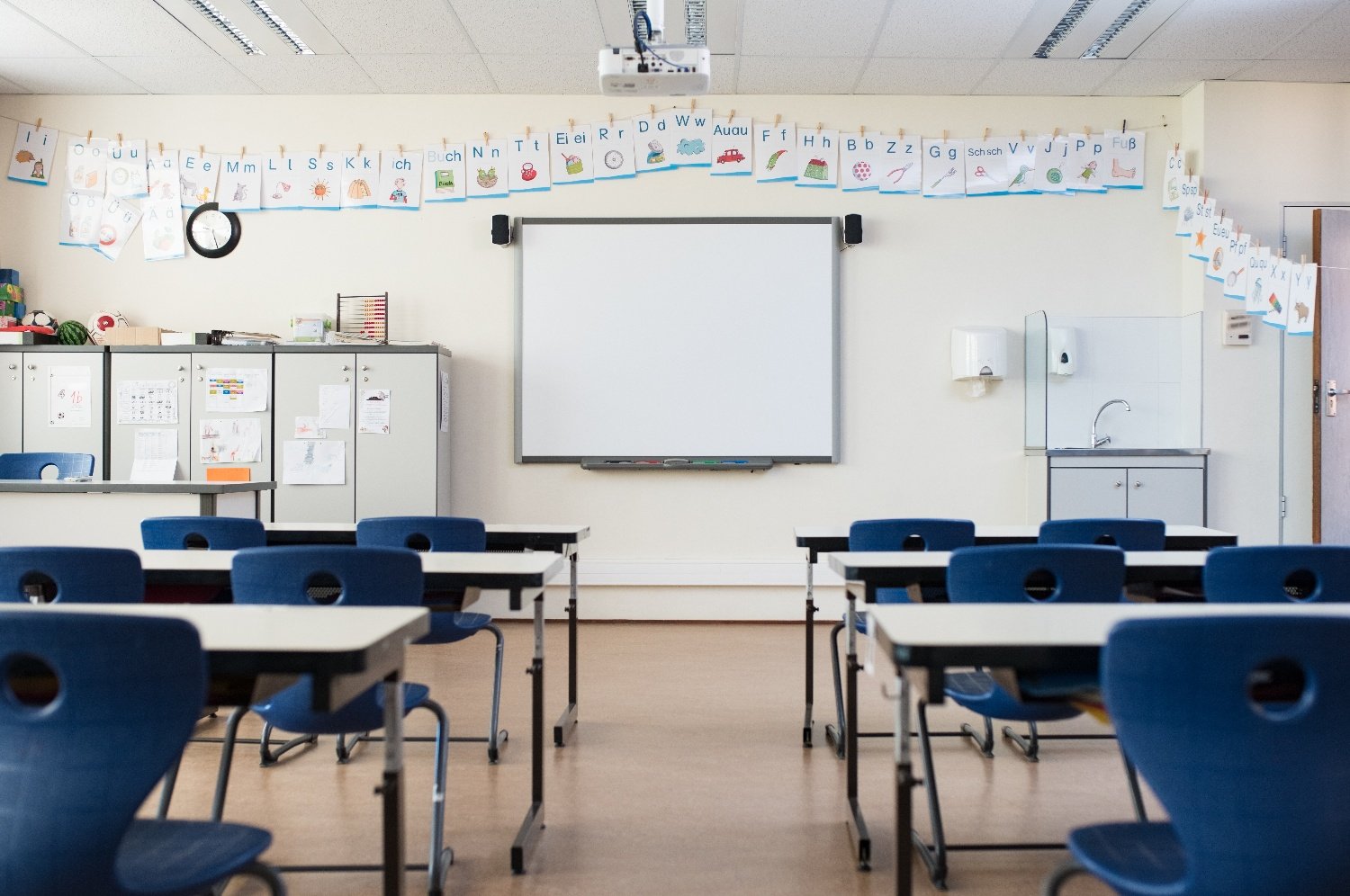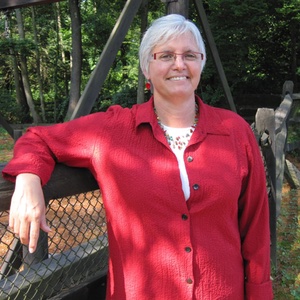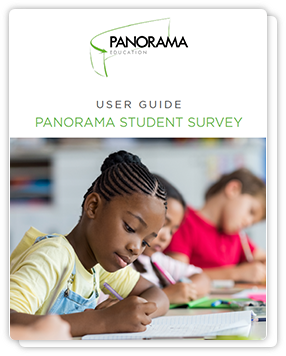Closer to Montreal than to New York or Boston, Franklin West Supervisory Union (FWSU) is a rural school district in northern Vermont focused on student-centered learning and cultivating a global imagination in every student. Superintendent Ned Kirsch and his colleagues contribute to national conversations about technologies that fuel and empower student-centered learning and professional development.
At the end of his most recent piece in EdSurge, Ned mentioned that FWSU partners with Panorama to run stakeholder surveys. Recently, I caught up with Ned to ask him more about student, staff, and family surveys at FWSU and how his district is using feedback to contribute to professional development and to benchmark and measure aspects of the district’s strategic Action Plan.
Liz Breese: Thanks so much for taking the time to chat with me today. Let’s start right away with the FWSU Action Plan. It’s on the website. Every FWSU blog post refers to one of the four key targets of the Action Plan. Many of the action steps refer to staff and student survey data in the plan for “Data Collection and Evaluation.” How are you using survey data in relation to the FWSU Action Plan?
Ned Kirsch: We wrote our strategic Action Plan before we heard about Panorama. At that time we knew we wanted student survey data, and we wanted to run peer surveys for staff and parents surveys, but we just didn’t know how to go about it. Working with Panorama seemed economical in terms of time we would need to spend to get good data back. The way the data is presented in reports is helpful. I can look at overall results for our schools easily.
"For the younger students in our schools, my hope is that feedback surveys will be a regular part of what they do throughout their time in the district, until they graduate."
LB: Target #1 in the FWSU Action Plan is “Student-Centered Learning.” One of the ways you support this and your other strategic initiatives is by enthusiastically embracing new technologies. In fact, FWSU is an Apple Distinguished School System. How do you decide what technologies to invest in?
NK: The thing that I love about our Action Plan is that we don’t talk about technology. We are focused on student-centered learning, flexible learning, student leadership, and engaging the community. We make decisions based on our Action Plan.
We created this Action Plan as a vision for our future. We don’t tie it to test scores or technology. It’s about where we want to go. Panorama was easy for us to invest in because it gives us so much information back about how we are doing as a district in getting where we want to go.
LB: What advice would you give to a fellow superintendent who might be starting to think about using surveys in his or her district?
NK: Two things have been important for us: starting with a pilot and convening a small committee to get this started. The pilot went a long way. The teachers who participated, who are on the Evaluation Committee, shared their results. They were open to sharing that. That took some risk. Not all of the numbers were fantastic, but they put themselves out there to show what it could be like.
I suggest forming a committee to have teachers and administrators look at the surveys and what you want to get out of the data together to figure out what’s best. This year again, the committee will be going through every question and asking, “Does this give us data we can use?”
LB: What have you learned about your school so far from staff, student, and family feedback?
NK: We learned that we have a fairly satisfied student population in the direction that we’re going. The survey results showed us that we have great teaching going on. It was satisfying for our teachers that their students gave positive feedback anonymously.
Before we got our first reports back, I was nervous. I didn’t know what the results would be. What if my teachers, who I know are great teachers, got bad feedback?
But what we found is that students give thoughtful responses. Good teachers matter, and kids know that.
LB: You mentioned that student feedback has been very positive overall at FWSU. Has FWSU considered how to take action in an area that surfaced as a problem or an issue through surveys?
NK: At school board meetings, I have shared with our community just how positive students have been in their feedback about their teachers. Now that they have seen the results, teachers are saying “This is valuable. I’m getting some good data here.”
Last year when we did our pilot, a couple teachers did come to me to say that they were worried that a few students expressed in their surveys that they don’t feel comfortable in class. Those teachers told me that they want that to be 100%. Since hearing that feedback, those teachers really made it a point to make sure every student feels like they’re part of the classroom.
LB: Thanks so much for your time today, Ned. One more question: What’s next for FWSU?
NK: We are still learning a lot from this whole process. Next year, I want to survey more of our families in the district.
For the younger students in our schools, my hope is that feedback surveys will be a regular part of what they do throughout their time in the district, until they graduate. I want them to have the opportunity to give honest feedback to their teachers, because I think teachers listen to the feedback. Our teachers got great results for the most part.







.png?width=350&height=212&name=pano-ft-rsrce%20(1).png)